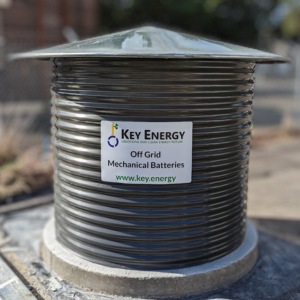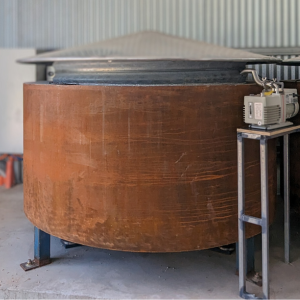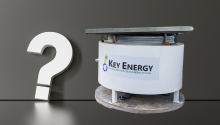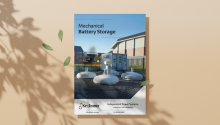Calculating the Optimal Solar Integration for Your Flywheel Energy Storage System
With the increasing popularity of renewable energy sources, many homeowners and businesses are turning to solar power to meet their electricity needs. Solar panels alone, however, do not guarantee uninterrupted power supply, especially during cloudy days or nighttime. To overcome this challenge, combining solar power with a Flywheel Energy Storage System (FESS) can be an efficient solution. This article will guide you on how to calculate the right amount of solar power needed to complement your FESS effectively, taking into account your base load and the size of the FESS.
Understanding Your Base Load
Before determining the appropriate solar integration for your FESS, it’s essential to understand your base load. Your base load is the minimum amount of electricity your home or business consumes during the daytime when the sun is shining and solar panels are generating power. To calculate your base load:
- Review your electricity bills: Look at your electricity bills from the past year to identify your average daily electricity consumption during daylight hours.
- Analyze hourly usage: If available, analyze your electricity usage on an hourly basis to pinpoint when your demand is highest and lowest.
- Consider energy-efficient upgrades: Implementing energy-efficient measures and appliances can help reduce your base load and make your solar and storage system more effective.
Determining the FESS Capacity
Flywheel Energy Storage Systems are available in different sizes, typically in the range of 24kWh to 32kWh. To determine the right capacity for your FESS, consider the following factors:
- Daily energy consumption: Calculate your total daily electricity consumption during daylight hours, considering your base load.
- Peak load requirements: Identify any peak moments during the day when your electricity demand is highest. Your FESS should be able to cover these peak loads to ensure a stable power supply.
- Backup duration: Determine how long you want your FESS to sustain your electricity needs during cloudy days or power outages. This will influence your choice between a 24kWh or 32kWh system.
Calculating Solar Integration
Now that you understand your base load and have selected an appropriate FESS capacity, it’s time to calculate the solar integration needed to complement your energy storage system. As you mentioned that customers typically have around 10kW of solar, follow these steps:
- Calculate daily solar generation: Multiply your solar system’s capacity (10kW) by the number of sunlight hours in your region. For example, if you receive an average of 5 hours of sunlight per day, your daily solar generation would be 10kW x 5 hours = 50kWh.
- Determine the gap to fill: Subtract your FESS capacity from your daily energy consumption during daylight hours. This will give you the energy deficit that needs to be covered by solar power. For instance, if your base load is 40kWh and you have a 24kWh FESS, the deficit is 40kWh – 24kWh = 16kWh.
- Size your solar array: To cover the energy deficit, divide it by your daily solar generation. In our example, 16kWh / 50kWh = 0.32 (or 32%). This means you need a solar system that can generate 32% of your daily electricity consumption.
- Adjust for variability: Keep in mind that weather conditions can impact solar generation. To account for this variability, consider adding a buffer to your calculated solar system size, such as 10-20%, to ensure reliable power supply.
Calculating the right solar integration for your Flywheel Energy Storage System involves understanding your base load, determining the FESS capacity you need, and then sizing your solar array accordingly. By carefully considering these factors, you can optimize your energy storage system to ensure uninterrupted power supply while maximizing your use of clean, renewable energy. Consulting with a professional solar installer or energy expert can also be beneficial in making informed decisions tailored to your specific needs.







